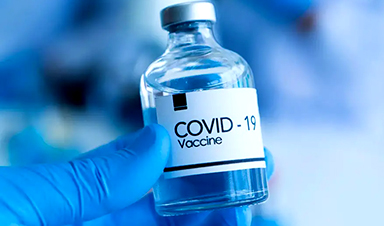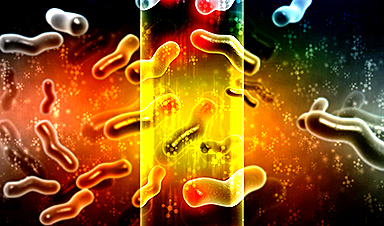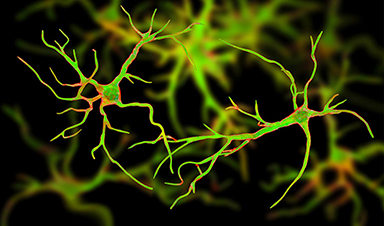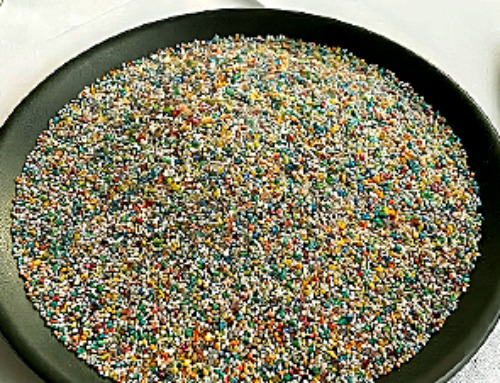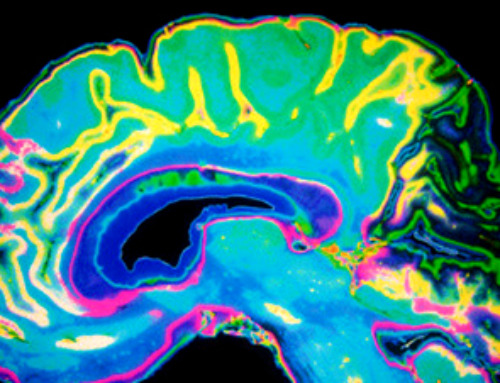Scientists identify key differences in immune responses to the AstraZeneca and Pfizer vaccines.
A recent study conducted by a team from SAHMRI and Flinders University in Australia has revealed significant variations in the way the AstraZeneca and Pfizer COVID-19 vaccines affect the immune system. The findings, published in Cell Reports Medicine, are part of the COVID-19 Vaccine Immune Responses Study (COVIRS) and were based on the analysis of the immune responses of 102 adults of various ages residing in South Australia, where there was no SARS-CoV-2 community transmission at the time of the study.
The participants in the study had their blood samples collected immediately after receiving each dose of either the Oxford/AstraZeneca or Pfizer/BioNTech COVID-19 vaccine, in order to evaluate their early immune response. Further tests were conducted 28 days after each immunization to measure the activity of B and T cells, both of which play a crucial role in the immune response. B cells produce antibodies, while T cells target and eliminate infected cells.
The vaccines are alike in the sense that they induce the immune system to recognize and protect against the SARS-CoV-2 virus, but they differ in how this is achieved. The Pfizer vaccine uses mRNA technology to induce host cells to produce the SARS-CoV-2 Spike protein, while the AstraZeneca vaccine uses a harmless virus (a chimpanzee adenovirus) to encode the Spike protein.
"After the first dose, we were surprised to find the Oxford/AstraZeneca vaccine elicits an unexpected memory-like response in the immune system, recognizing the vaccine as if it's something it's seen before," says Professor Lynn, from the College of Medicine and Public Health at Flinders University.
"This response is targeted against the adenovirus vector in the vaccine, not the Spike protein and the intensity of this response correlates with the expression of proteins that act as a pre-cursor to thrombosis, or blood clotting. While Vaccine-induced immune thrombotic thrombocytopenia (VITT) is an extremely rare side effect associated with the Oxford/AstraZeneca vaccine that none of the participants developed during the study, this research offers a potential explanation for the connection between the Oxford/AstraZeneca vaccine and the cases of VITT that have been reported."
The study also found those who'd only had two doses of the Oxford/AstraZeneca vaccine generally produced lower amounts of antibodies and less of a specialized type of T-cell that helps with antibody production; compared to those who had two doses of the Pfizer/BioNTech vaccine.
However, this was rectified once they had their third booster dose of an mRNA vaccine, illustrating the importance of booster doses. The study added evidence to the notion that COVID-19 vaccines offer some people more effective protection than others.
The reasons for this variability are not well understood, but Professor Lynn says age is a factor, with older people generally having a lower immune response after two doses. Fortunately, a third booster dose was highly effective at overcoming this. Immune responses induced immediately after vaccination predicted the subsequent B and T cell response to the vaccine measured a month later.
"One to two days after initial vaccination we measured gene expression responses in the blood which correlated with adaptive immune responses that mediate protection 28 days later," Professor Lynn says.
A further surprise to researchers was the finding that feeling unwell after a vaccine dose may in fact be linked to its effectiveness.
"People who showed symptoms of fatigue and fever immediately after the third dose were more likely to have better T-cell responses. T-cells play a vital role in vaccine efficacy as they can directly kill viral cells," Professor Lynn said.
Overall, this project has provided important new insights into the early immune responses to these vaccines and offers a greater understanding of how they work to protect against COVID-19.
News
Researchers highlight five pathways through which microplastics can harm the brain
Microplastics could be fueling neurodegenerative diseases like Alzheimer's and Parkinson's, with a new study highlighting five ways microplastics can trigger inflammation and damage in the brain. More than 57 million people live with dementia, [...]
Tiny Metal Nanodots Obliterate Cancer Cells While Largely Sparing Healthy Tissue
Scientists have developed tiny metal-oxide particles that push cancer cells past their stress limits while sparing healthy tissue. An international team led by RMIT University has developed tiny particles called nanodots, crafted from a metallic compound, [...]
Gold Nanoclusters Could Supercharge Quantum Computers
Researchers found that gold “super atoms” can behave like the atoms in top-tier quantum systems—only far easier to scale. These tiny clusters can be customized at the molecular level, offering a powerful, tunable foundation [...]
A single shot of HPV vaccine may be enough to fight cervical cancer, study finds
WASHINGTON -- A single HPV vaccination appears just as effective as two doses at preventing the viral infection that causes cervical cancer, researchers reported Wednesday. HPV, or human papillomavirus, is very common and spread [...]
New technique overcomes technological barrier in 3D brain imaging
Scientists at the Swiss Light Source SLS have succeeded in mapping a piece of brain tissue in 3D at unprecedented resolution using X-rays, non-destructively. The breakthrough overcomes a long-standing technological barrier that had limited [...]
Scientists Uncover Hidden Blood Pattern in Long COVID
Researchers found persistent microclot and NET structures in Long COVID blood that may explain long-lasting symptoms. Researchers examining Long COVID have identified a structural connection between circulating microclots and neutrophil extracellular traps (NETs). The [...]
This Cellular Trick Helps Cancer Spread, but Could Also Stop It
Groups of normal cbiells can sense far into their surroundings, helping explain cancer cell migration. Understanding this ability could lead to new ways to limit tumor spread. The tale of the princess and the [...]
New mRNA therapy targets drug-resistant pneumonia
Bacteria that multiply on surfaces are a major headache in health care when they gain a foothold on, for example, implants or in catheters. Researchers at Chalmers University of Technology in Sweden have found [...]
Current Heart Health Guidelines Are Failing To Catch a Deadly Genetic Killer
New research reveals that standard screening misses most people with a common inherited cholesterol disorder. A Mayo Clinic study reports that current genetic screening guidelines overlook most people who have familial hypercholesterolemia, an inherited disorder that [...]
Scientists Identify the Evolutionary “Purpose” of Consciousness
Summary: Researchers at Ruhr University Bochum explore why consciousness evolved and why different species developed it in distinct ways. By comparing humans with birds, they show that complex awareness may arise through different neural architectures yet [...]
Novel mRNA therapy curbs antibiotic-resistant infections in preclinical lung models
Researchers at the Icahn School of Medicine at Mount Sinai and collaborators have reported early success with a novel mRNA-based therapy designed to combat antibiotic-resistant bacteria. The findings, published in Nature Biotechnology, show that in [...]
New skin-permeable polymer delivers insulin without needles
A breakthrough zwitterionic polymer slips through the skin’s toughest barriers, carrying insulin deep into tissue and normalizing blood sugar, offering patients a painless alternative to daily injections. A recent study published in the journal Nature examines [...]
Multifunctional Nanogels: A Breakthrough in Antibacterial Strategies
Antibiotic resistance is a growing concern - from human health to crop survival. A new study successfully uses nanogels to target and almost entirely inhibit the bacteria P. Aeruginosa. Recently published in Angewandte Chemie, the study [...]
Nanoflowers rejuvenate old and damaged human cells by replacing their mitochondria
Biomedical researchers at Texas A&M University may have discovered a way to stop or even reverse the decline of cellular energy production—a finding that could have revolutionary effects across medicine. Dr. Akhilesh K. Gaharwar [...]
The Stunning New Push to Protect the Invisible 99% of Life
Scientists worldwide have joined forces to build the first-ever roadmap for conserving Earth’s vast invisible majority—microbes. Their new IUCN Specialist Group reframes conservation by elevating microbial life to the same urgency as plants and [...]
Scientists Find a Way to Help the Brain Clear Alzheimer’s Plaques Naturally
Scientists have discovered that the brain may have a built-in way to fight Alzheimer’s. By activating a protein called Sox9, researchers were able to switch on star-shaped brain cells known as astrocytes and turn them into [...]
